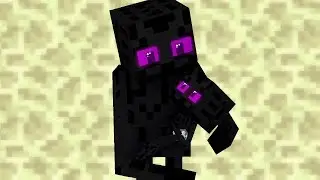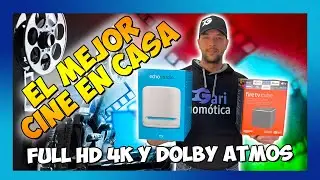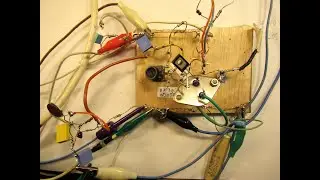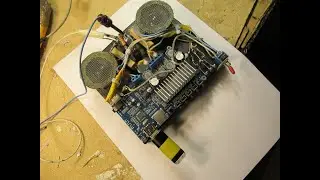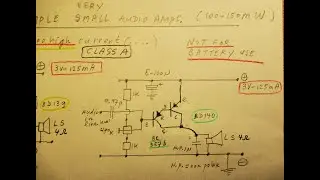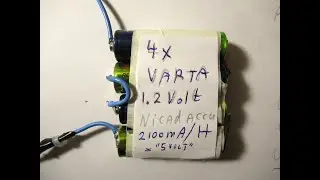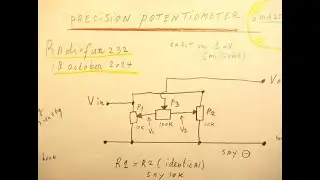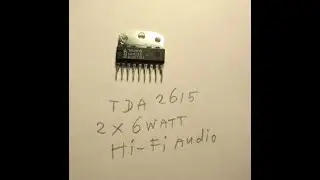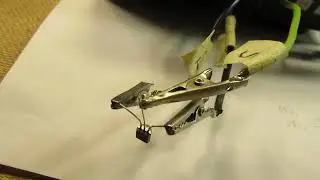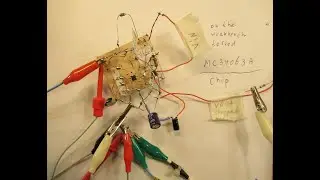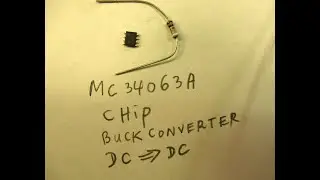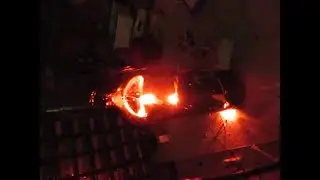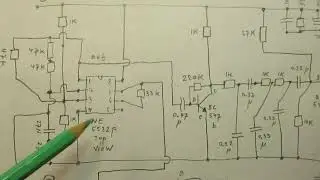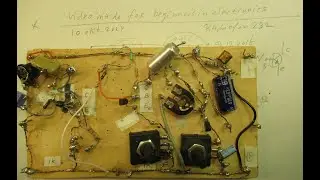About ferrite materials & ferrite antenna for LW or MW or SW or radio coils to be tuned 1MC-30MC etc
Please read the description/textbox first. This is a (very) simplified version/approach of talking about the unique properties of ferrite materials, first developed in the 1950’s-1960’s by the Philips laboratories in the Netherlands. It is a VLOG.
Important: I focus on hobby and radio applications in this VLOG. Say how to use a ferrite rod in an AM radio, how to find out the ferrite colors when talking about SW (2 MC-30 MC) radio coils that have to be tuned to a specific peak resonance, etc. Be it for receiving radio stations or when used in an SW oscillator circuit.
By the way: many oscillators are on my YT Channel, go to “Radiofun232 on You Tube”, then go to the “looking glass” and type there words like “oscillator” or “generator”.
All circuits of properly tested and thus working electronic circuits (here: oscillators) are there. You can also use another search word, like “amplifier”. Or “sine wave”, or “power supply” or “schmitt trigger” or "audio" or "audio amplifier", or "amp"or "pre amplifier", or "generator", etc. etc. Or "pre" etc. Say the search words that you need to find out a certain electronic circuit.
Regarding the first text and the content of this video: The Philips Company was, of course, not alone, in the 1950’s-1970’s many unique ferrite materials were developed in the laboratories all around the world, in the United States, say by the Bell & General Electric laboratories, etc.
Made with (say) ferrite oxide powders, mixed with say chromium powders, manganese powders, etc. And after that: baked in an oven.
Best properties of these baked Iron oxides etc. materials were: a very low electromagnetic saturation on the higher frequencies, going from 10 KC to (say) 30 MC, when baked into a bar or whatever form.
That made them extremely useful for sharp radio oscillators in that frequency band or simply antenna coils or MF coils, etc. (watch the video). Giving out high resonance peaks, when used as a ferrite core with a coil somewhere in the 10 KC-30 MC band.
The scientific search regarding the/these ferrite oxides (and other materials) still goes on now (2022). E.g. by trying to find specific materials with an extreme low Ohms resistance on room temperature.
Or by trying to develop very fierce magnets, with Samarium, etc. They can be used in electric motors, by giving them a higher power out, say in automotive applications. My idea is, however, that the maximum values are reached nowadays (2022). Could be wrong, of course.
These materials are also “baked” out of certain iron and rare earth materials, after powdered, grinded to the absolute fineness, etc. mixed, etc.
Important things in this video: for the ideal (analog) SW coils in the 2 MC-30 MC bands there are certain ferrite cores available, with specific properties, that can help to get to the right “peak resonance” on frequency “X”.
Can be in the 1 MC - 6 MC - 18MC- 30 MC range. Though, above (say) 30 MC or 40 MC coils with a high resonance peak can be made without a ferrite core to tune them “in”.
My You Tube channel trailer is here: • Radiofun232 on YouTube (updated monthly) When you search, search always “NEWEST FIRST” to get the right overview. You can also search via the “looking glass” on my Channel trailer via keywords like ”audio”, “radio”, “amplifier”, “filter”, “Shortwave”, “transistor”, “FET”, “oscillator”, “generator”, “switch”, “schmitt trigger” etc; so the electronic subject you are interested in.
My books about electronics & analog radio technology are available via the website of "LULU”, search for author “Ko Tilman” there.
https://www.lulu.com/search?adult_aud...
I keep all my YT videos constant actual, so the original video’s with the most recent information are always on YouTube.
Search there, and avoid my circuits that are republished, re-arranged, re-edited on other websites, giving not probable re-wiring, etc. Some persons try to find gold via my circuits. I take distance from all these fake claims. I cannot help that these things happen. Upload 3 september 2022.

